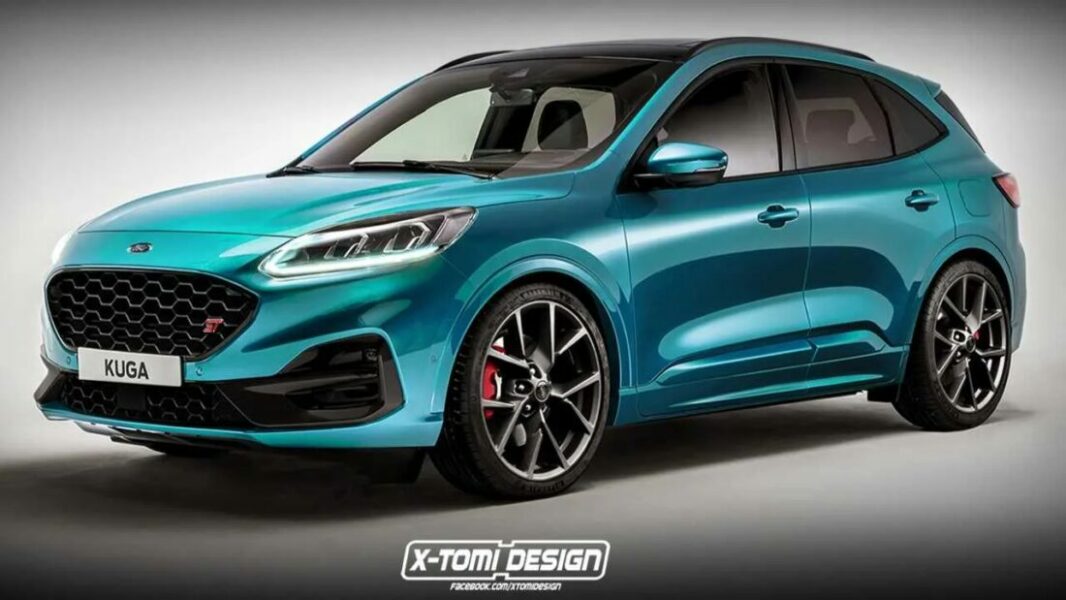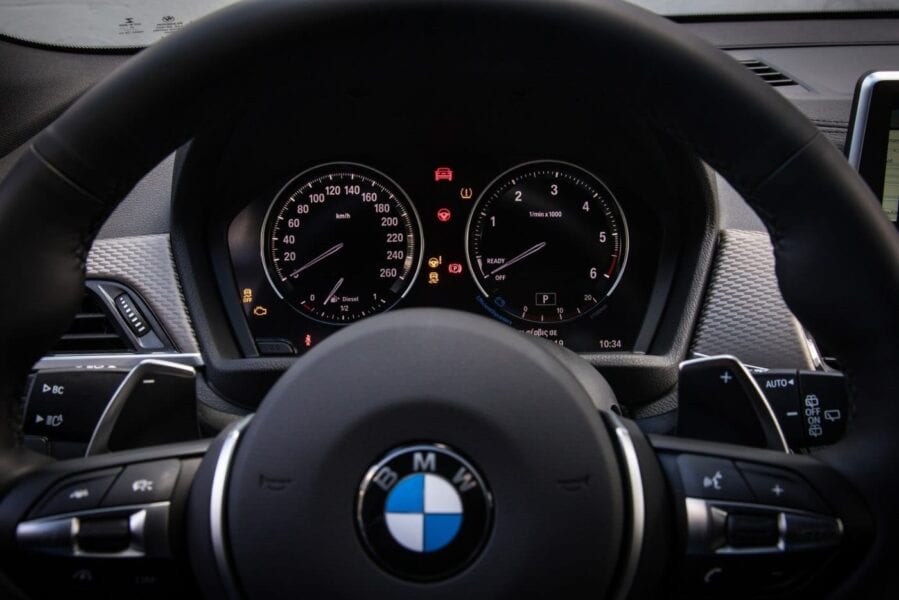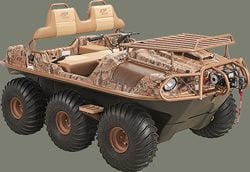
Test drive Ford Kuga
Ford has promised a little better from now on to check what their vehicle names mean in individual languages, so we don't have to worry about future models to be called Cholera, Typhoid, or Tuberculosis, but we have to admit that Kugi's is a name that fits.
Not because it would be terrible, bad, or otherwise resemble the disease with which it shares its name, but simply because this class of cars is spreading across the old continent with the speed and efficiency with which it spread in the Middle Ages. serious infectious diseases.
Until a few years ago, we only noticed a similar car here and there (say, Toyota RAV4 or Honda CR-V, and these two seem more off-road and less automobile), but now there are more and more of them. US. And there would be even more of them if manufacturers did not have problems with sufficient supply, say Volkswagen with Tiguan or Nissan with Qashqai. Crossovers, crossovers between a classic family van or small minivan and an SUV, with an emphasis on usability on the road and in the city, have never been more popular.
And while the RAV and CR-V already look taller, larger and better off-road, the Kuga (like the Tiguan, which will be its worst competitor) is more single-seater, with less off-road movement.
Namely, the Kuga shares a base with either the Focus or the C-Max (it's also built in the same plant), so technically it's basically very similar to both. The C-Max has already proven itself with a very dynamic driving performance that stands out among the average small SUV, and the Kuga proved to us in the first kilometers of southern Spanish asphalt and rubble that this fashionable car is the most “running” car. in your class.
The chassis design with MacPherson struts at the front and Control Blad is the same as the Focus or C-Max, but for use in the Kuga, Ford's front and rear axle engineers did a pretty good job.
The wheelbase is larger, the shock absorbers are new (the rear is significantly larger and more powerful than the C-Max), the rear stabilizer is new, the upper suspensions are changed, the rear subframe is reinforced, the chassis has been lifted completely 188 millimeters above the ground.
Overall, the Kuga is good enough to handle unexpectedly well on twisty roads, as the slope is small (but damping is nonetheless effective) and the steering is precise and responsive. On rubble. ... The Plague can be very interesting there.
Of course, the Kuga can be driven on all four wheels (and that's the fun part), but it doesn't have to. For those who would like to save around two thousand euros, 40 kilograms of mechanics and a few deciliters of consumption, the Kuga is also only available with front-wheel drive.
Those opting for four-wheel drive will get a Haldex center clutch system for their money, which basically transfers only about five percent of the torque to the rear wheelset, and this number can rise to over 50 if necessary. The system is virtually invisible in practice. unless the ground is slippery and the driver's foot is heavy. The 320 Nm of torque currently available on the only engine on offer is too much for the front wheels alone, and the all-wheel drive version operates with much less jerk on the steering wheel and little to no idle.
The only engine? Ford took a close look at what is being sold in Europe and (correctly) found out that such a car would be most interesting in combination with a two-liter turbodiesel. And since a greater choice of engines would initially mean that there might be a shortage (or even more) according to the best-selling version, they decided that for about six months the Kuga would only be available with this engine (and six-speed manual transmission). In the fall (we'll have a little later), it will be joined by a XNUMX-liter five-cylinder turbocharged gasoline engine (also with an automatic transmission), but of course we must not forget that Ford also offers more powerful diesels.
Since Plague was created on the basis of Focus or C-Max, spatial miracles should not be expected from it. With a wheelbase of 2.690 millimeters and an overall length of 444 centimeters, the front and rear (sadly, the back bench is still) sit comfortably, but the trunk suffers as a result.
The plague is not impressive in terms of download volume, but competitors are struggling with similar issues as well. For a family vacation, 360 base liters might not be enough, but since competitors also serve with similar restrictions, Ford has apparently decided not to lose customers over this.
However, they may be attracted by the fact that the tailgate can only be opened partially (rear window with a frame) or completely, that the protective roll can be removed and stored in the space provided in the lower part of the trunk, and that the Plague after (simply) folding the rear seats the flat bottom of the trunk is serviced. Since the rear window is not exactly a "transport vertical variety", but mainly due to its sportier shape, its slope more in favor of good looks than usability, don't you count on the Kuga as a family van? however, for everyday use, this thing is practical and, above all, the Kuga is one of the most beautiful cars of its kind at the moment.
The rear is a cross between a station wagon and a small minivan, it has very sporty features that go well with a more durable off-road nose and bulging (and plastic front) fenders.
The design features are taken from the Iosis X concept unveiled in 2006, and the bow is very recognizable in a Ford with twin trapeziums and taillights. Which family the Kuga comes from is immediately clear from the interior, which is an interesting mixture of very high quality, but also slightly inferior materials, and overall pleasant for passengers and contributes to good seating.
The Kuga will mainly be available with two equipment packages: Trend (you will recognize it by the blue or orange accents in the interior) and Titanium (there is more silver inside and out), both of which will be rich in both safety and comfort equipment. ESP is always standard, the same with air conditioning, engine ignition must be done by pressing a button, there is a 220 volt socket, iPod interface, Bluetooth. ...
The plague comes to Slovenian roads in September and prices (for the all-wheel drive version) in Germany will start at 26.500 € 26. Considering the ratio of prices for Ford models in the Slovenian and German markets, it can be concluded that the Kuga will be one thousandth (or one hundredth) cheaper in our country, so prices will probably start from XNUMX thousand euros.
Dusan Lukic, photo :? factory

